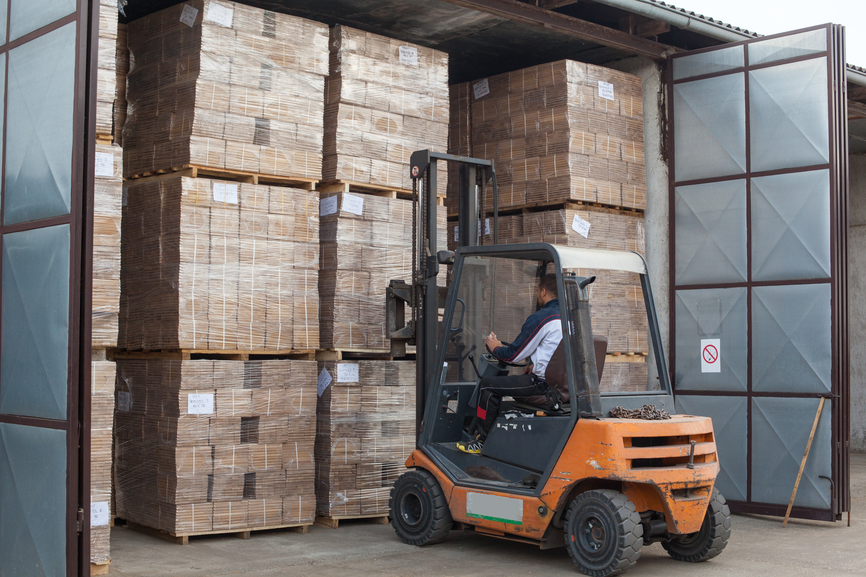
Facility Start-Up and Relocation Project Management
Introduction to Facility Start-Up and Relocation Projects
Managing the start-up of a new facility or the relocation of an existing one is a complex process that requires meticulous planning, coordination, and execution. Facility start-ups involve launching operations in new locations, while relocations require seamless transitions without disrupting operations. Project management plays a crucial role in ensuring these projects are completed on time, within budget, and with minimal business interruptions.
This pillar page explores the essential components of managing facility start-up and relocation projects, focusing on best practices, challenges, strategies, and tools that ensure success.
What are Facility Start-Up and Relocation Projects?
Facility start-up and relocation projects are large-scale, high-impact endeavors where businesses either establish new operations in a new facility or move existing operations to a new location. These projects require careful planning to ensure a smooth transition without affecting business continuity.
Types of Projects:
- Facility Start-Up Projects: Establishing new manufacturing plants, office buildings, or distribution centers.
- Facility Relocation Projects: Moving an entire office, factory, or warehouse to a new location.
Industry Examples:
- Opening a new manufacturing plant in a different region to increase production capacity.
- Relocating a corporate headquarters to a larger office space in a new city.
Key Challenges in Facility Start-Up and Relocation Projects
- Logistics and Coordination: Managing the logistics of moving assets, installing infrastructure, and coordinating teams across multiple locations is one of the most complex challenges in these projects.
- Downtime and Continuity Risks: Business downtime during a facility start-up or relocation can lead to significant revenue loss. It’s critical to minimize operational disruptions.
- Regulatory and Compliance Considerations: Each location has its own set of regulations. Ensuring compliance with local laws, including zoning, safety, and environmental regulations, is vital for the project’s success.
- Budget Challenges:
Facility Start-Up Projects
Launching a new facility requires thorough planning and execution. Here’s how to approach a facility start-up:
- Site Selection and Preparation: Choose a location that meets your operational needs, considering factors like proximity to suppliers, workforce availability, and infrastructure. Prepare the site by addressing construction, zoning, and permits.
- Infrastructure Setup and Equipment Installation: Set up essential infrastructure, such as utilities, HVAC, IT systems, and equipment installation. Ensure everything is fully operational before testing.
- Employee Training and Operational Testing: Train employees to operate in the new facility. Conduct comprehensive testing to ensure the facility is ready to meet production or service goals.
Facility Relocation Projects
Relocating a facility requires precise coordination to move assets, ensure minimal downtime, and reestablish operations. Here’s how to approach relocation:
- Planning and Timeline Management: Develop a detailed project plan that includes timelines for packing, transporting, and reestablishing operations. Assign specific teams to handle different aspects of the move.
- Asset Transportation and Setup: Ensure that all assets—machinery, office equipment, IT infrastructure—are transported safely and efficiently. Organize the installation process at the new site to minimize delays.
- IT Infrastructure and Data Migration: A key challenge in any relocation is ensuring that IT systems, data centers, and communication networks are migrated securely and without data loss.
Best Practices for Minimizing Downtime During Relocation
Relocation can disrupt operations, but with the right strategies, downtime can be minimized:
- Risk Mitigation Strategies: Identify potential risks, such as equipment damage during transit, delays, or compliance issues, and create a risk management plan to mitigate them.
- Communication with Stakeholders: Maintaining open communication with stakeholders, including employees, vendors, and clients, ensures everyone is prepared and expectations are managed.
- Testing and Dry Runs: Before reopening or resuming operations, conduct dry runs and systems tests to ensure everything is working properly and to avoid unexpected issues.
Technology Solutions for Facility Project Management
Technology plays a pivotal role in managing the complexities of facility projects, from start-ups to relocations:
- Project Management Software for Relocation Projects: Use project management tools like Microsoft Project or Primavera to create detailed plans, assign tasks, track progress, and manage timelines.
- Tools for Streamlining Start-Ups: For start-up projects, specialized software can assist in organizing tasks such as site preparation, asset installation, and compliance checks.
- Real-Time Tracking and Asset Management: Using real-time tracking systems ensures all assets are accounted for during relocation. Asset management software helps companies keep track of equipment and machinery during transit.
Corporate Office Relocation Projects
Relocating a corporate headquarters is a complex process that demands careful planning, particularly when managing tight timelines, moving IT systems, and minimizing downtime. Several factors must be considered to ensure a smooth transition and avoid disruptions to daily operations.
- Planning Executive Office Relocation Projects: Relocating executive offices often involves additional complexities, such as ensuring secure communication channels, maintaining productivity, and providing seamless IT support. The relocation team must create a detailed timeline that accounts for executive schedules and the sensitive nature of their operations.
- Office Relocation Challenges: Common challenges in office relocation include coordinating logistics, ensuring all IT systems are correctly set up, and managing the physical move of furniture and equipment. Proper planning is essential to avoid unexpected delays and disruptions that can impact business continuity.
- End User Considerations for Office Relocation Projects: Employee needs must be prioritized during the move. Ensuring clear communication, offering support, and minimizing disruptions are critical. Workspace setups, ergonomic furniture, and technology access must be ready for employees upon their arrival at the new office.
- Remote Work Challenges with Desk Relocation Projects: With more employees working remotely, relocating desks can present unique challenges. Ensuring that remote employees are equipped with the right technology and furniture at their home offices, while coordinating with those returning to physical office spaces, adds another layer of complexity.
- Checkerboard Relocation Projects: Checkerboard relocation projects involve moving employees in phases, leaving alternating workspaces operational to minimize downtime. This strategy allows businesses to continue operating during the relocation, ensuring departments or teams can maintain productivity without significant disruption.
Case Studies: Successful Facility Start-Up and Relocation Projects
Starting or relocating a facility is a complex process that demands careful planning, smooth execution, and the ability to handle operational challenges. Whether it’s a manufacturing plant, corporate office, or data center, each project brings its own set of requirements. Below are three case studies that highlight best practices and lessons learned from successful facility start-ups and relocations.
How to Choose the Right Project Management Partner for Your Facility Project
Key Qualities to Look For
When choosing a project management partner, look for experience, industry expertise, communication skills, and a strong track record of successful projects.
Questions to Ask During Selection
- How many facility start-ups or relocations have they managed?
- What strategies do they use to minimize downtime?
- What tools and technologies do they use for project management?
Benefits of Professional Project Management
Hiring a specialized project management company ensures your project is completed efficiently and meets all compliance, timeline, and budget requirements.
Facility start-up and relocation projects are complex undertakings that require expert project management. From planning and logistics to compliance and risk management, every aspect of these projects must be handled with precision to avoid costly disruptions and ensure a smooth transition. By following best practices, utilizing the right tools, and selecting an experienced project management partner, companies can ensure their facility projects are successful.




